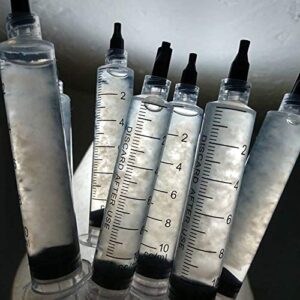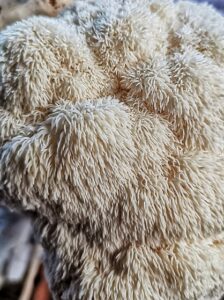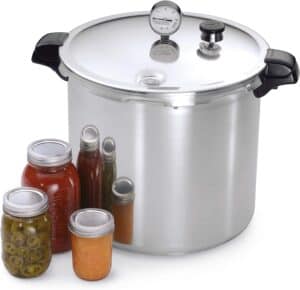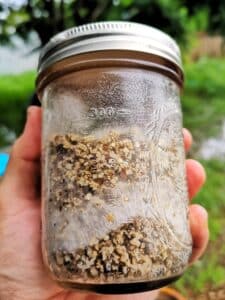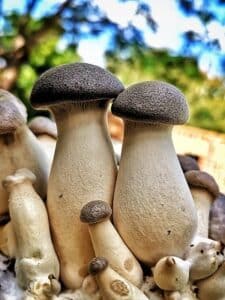Have you ever wondered why some mushroom growers seem to have a green thumb while others struggle with crop failure? The secret to their success lies in mastering the elusive art of aseptic technique. Aseptic technique may seem daunting, as it involves stopping unseen threats to your mushroom crop, but with a little understanding, anyone can master this critical step in mushroom cultivation. So, what is aseptic technique and why is it so important? Let’s dive into the world of mushroom growing and discover the key to success.
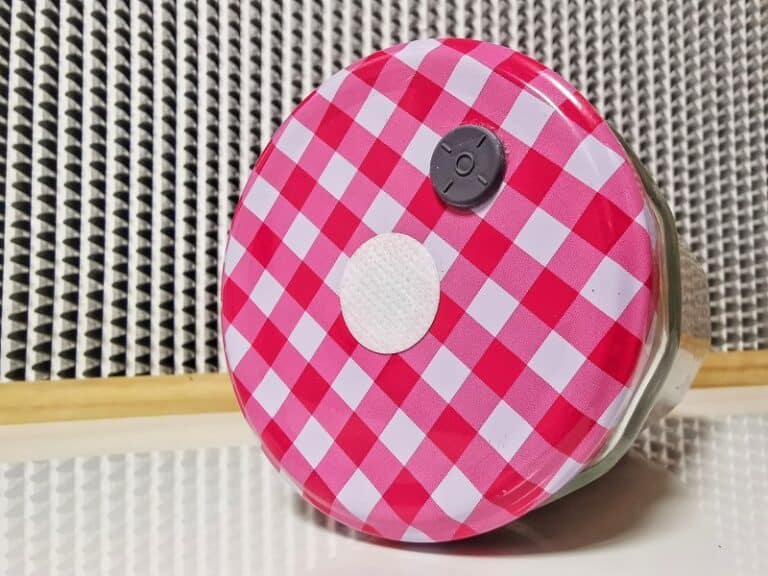
What is Aseptic Technique?
Aseptic technique is a set of procedures used to prevent contamination by bacteria, yeasts, molds, and other microorganisms when working with sterile media for mushroom cultivation. The purpose of aseptic technique is to maintain the sterility of the growth environment and prevent any unwanted microorganisms from colonizing the media and competing with the desired mushroom culture.
In mushroom cultivation, aseptic technique is essential because even small amounts of contamination can cause major problems. Contaminants can outcompete the desired mushroom culture, reducing yields and potentially rendering the entire crop unviable. Contaminants can also produce toxins that are harmful to humans and animals, making it important to keep the growth environment as sterile as possible.
Aseptic technique requires a combination of physical and procedural steps to prevent contamination. This includes using clean and sterilized equipment, using sterile media and spores of mushroom tissue, and working in a sterile environment. Good laboratory practices, such as wearing gloves and gowns, are also critical components of aseptic technique.
Aseptic Technique At Home
While a laboratory with sterile facilities and specialized equipment is ideal for practicing aseptic technique, it is not always necessary or practical. Aseptic technique can also be performed in a homemade clean room or with a laminar flow hood, making it possible for mushroom growers to work with sterile media and maintain a high level of sterility in their mushroom cultivation process.
A homemade clean room can be created by converting a spare room or closet into a sterile environment. This can be done by removing all non-essential items, cleaning and sanitizing the room, and installing an air filtration system to prevent contamination from entering the room. Once the clean room is set up, mushroom growers can use it to prepare and sterilize their growth media and fragments of mushroom tissue in a sterile environment.
A laminar flow hood is another option for practicing aseptic technique in a non-laboratory setting. A laminar flow hood uses a fan to create a unidirectional flow of filtered air that creates a sterile environment within the hood. This allows mushroom growers to work with sterile materials, such as growth media and mushroom tissue, in a relatively small and portable workspace.
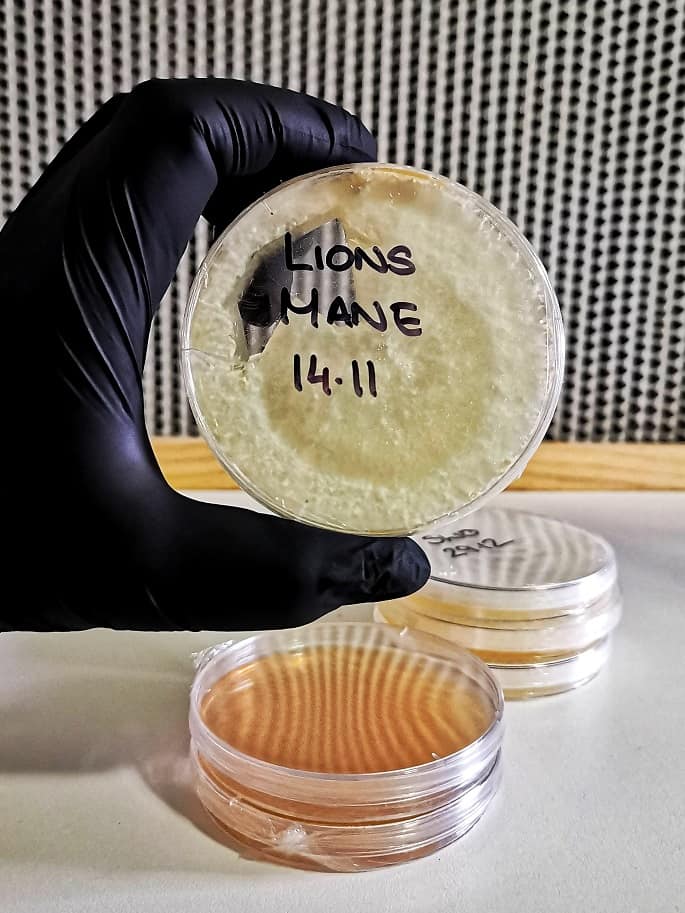
Buying a Laminar Flow Hood for Mycology
Owning a compact laminar flow hood has numerous benefits for mycology and other applications, such as plant tissue culture. Here are a few key benefits of having a laminar flow hood in your laboratory or workspace:
Sterility: The unidirectional flow of filtered air within a laminar flow hood provides an ideal environment for maintaining the sterility of delicate samples, such as mushroom spores or plant tissues. This helps to prevent contamination and improve the chances of successful growth and harvest.
Portability: Compact laminar flow hoods are designed to be portable and can be easily moved from one location to another. This makes it possible to work with delicate samples in different locations and provides more flexibility for mycologists and plant tissue culturists.
Convenience: The compact design of a laminar flow hood makes it easy to set up and use in a small laboratory or workspace. This allows for quick and convenient access to a sterile environment, reducing the time and effort needed to prepare samples and media.
Cost-effective: A compact laminar flow hood is a cost-effective option for maintaining a sterile environment in a small laboratory or workspace. It provides an affordable alternative to a full-scale laboratory, allowing mycologists and plant tissue culturists to work with delicate samples without the need for expensive equipment and facilities.
Owning a compact laminar flow hood offers numerous benefits for mycology and other applications. With its ability to provide a sterile environment, portability, convenience, and cost-effectiveness, a laminar flow hood is a valuable tool for anyone working with delicate samples and striving for successful growth and harvest.
The 5 Key Aseptic Techniques
Aseptic technique is a set of procedures used to prevent contamination of delicate samples, such as those used in mycology. There are five key aseptic techniques that are important for maintaining the sterility of samples in mycology:
Cleanliness: Keeping all equipment, surfaces, and clothing clean and free of debris is the first step in aseptic technique. This helps to prevent the introduction of contaminants into the growth environment.
Sterilization: Sterilizing all equipment and media before use is critical for maintaining the sterility of the growth environment. This can be done using methods such as autoclaving, chemical sterilization, or exposure to ultraviolet light.
Isolation: Working in a sterile environment, such as a laminar flow hood or homemade clean room, helps to prevent contamination by limiting exposure to the environment and other potential sources of contamination.
Glove and gown usage: Wearing gloves and gowns while working with delicate samples is an important aspect of aseptic technique. This helps to prevent the transfer of contaminants from clothing and skin to the samples.
Minimizing handling: Minimizing the handling of delicate samples helps to reduce the risk of contamination. This includes using sterile tools, such as forceps and pipettes, to handle samples and avoiding contact with hands and other non-sterile surfaces.
These five aseptic techniques are essential for maintaining the sterility of delicate samples in mycology. By following these procedures, mycologists can reduce the risk of contamination and improve the chances of successful growth and harvest.
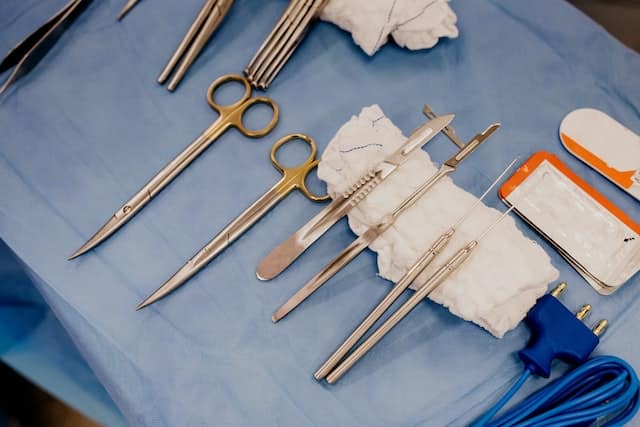
Sterilizing Media for Inoculation
Pressure canners are commonly used to sterilize media for mushroom growing in preparation for inoculation with mycelium cultures, such as agar, liquid culture, and grow bags full of substrate. The high temperature and pressure achieved through pressure canning are essential for sterilizing the media and destroying any potential contaminants.
The process of sterilizing media with a pressure canner involves placing the media, such as jars or bags of substrate, into the canner and sealing the lid. The canner is then heated to the appropriate temperature and pressure for a specific amount of time. This process ensures that any bacteria, yeasts, or other microorganisms present in the media are destroyed, leaving a sterile environment for the growth of the mycelium culture.
Once the sterilization process is complete, the media is removed from the canner and allowed to cool. The mycelium culture can then be introduced into the media using aseptic technique, such as by using a sterile needle to transfer a small amount of agar culture or by inoculating the liquid culture into the substrate.
Pressure canning is a key step in preparing media for mushroom growing by sterilizing the media and creating a sterile environment for the growth of the mycelium culture. This process helps to reduce the risk of contamination and improve the chances of successful growth and harvest.
Cleaning the Mushroom Laboratory
There are several cleaning solutions commonly used to keep the workspace clean for aseptic technique in mushroom cultivation. These include 70% isopropyl alcohol, sodium hypochlorite (bleach), and hydrogen peroxide. These solutions are effective in killing bacteria and other microorganisms on surfaces, equipment, and tools.
70% isopropyl alcohol is a common cleaning solution used to sanitize surfaces and equipment. It is fast-acting and evaporates quickly, making it ideal for use in aseptic technique.
Sodium hypochlorite, commonly known as bleach, is another effective cleaning solution used in mushroom cultivation. It is a strong disinfectant and can be used to sterilize surfaces and equipment.
Hydrogen peroxide is another cleaning solution that is commonly used in aseptic technique. It is a strong oxidizing agent that can effectively kill bacteria and other microorganisms. It is commonly used to sterilize surfaces and equipment, and is particularly useful for killing molds and fungi.
